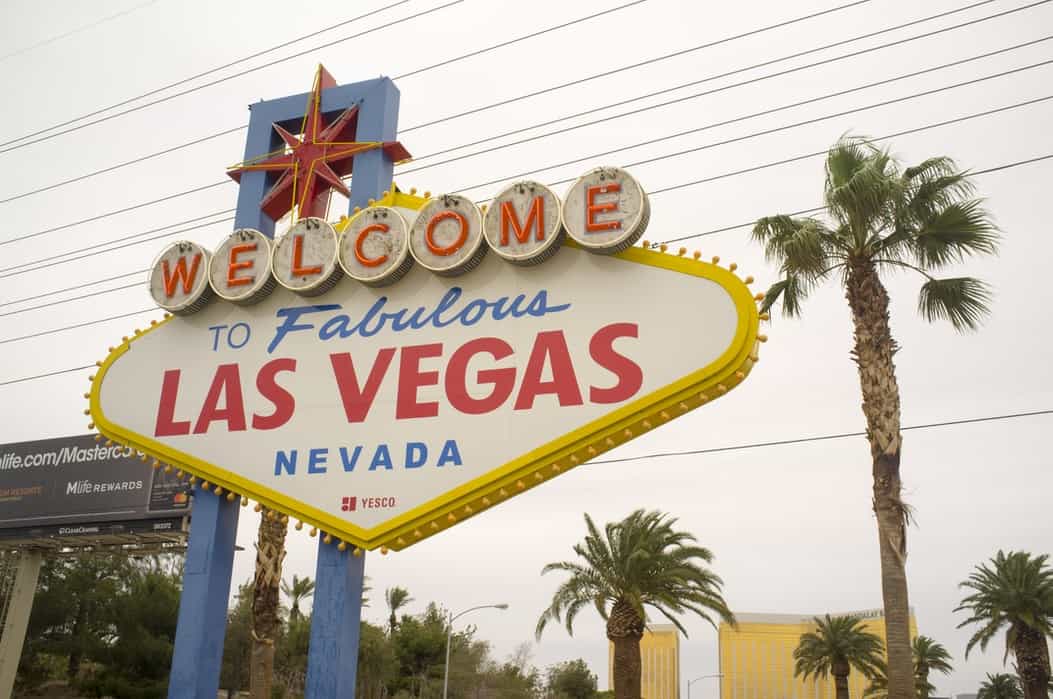As of 2019, the sports apparel market realized about 181 billion U.S. dollars in revenue, which was a rise of over seven billion U.S. dollars when compared to the fiscal year 2018. And with most individuals around the globe turning into sports to keep fit and enhance their performance in the field, the industry forecasts a rise in revenue to the tune of 208 billion U.S. dollars at least by the year 2025.
Lole retails and designs athletic apparel and is headquartered in Montreal, while Lululemon is an athletic apparel retailer headquartered in Vancouver. Both of these companies are in stiff competition with the likes of Puma, Kappa, Adidas, and Nike. So, what makes them stand out in the global marketing platform is that they seem to have carved out a niche in the manufacture of yoga and casual lifestyle apparel, among other activewear.
Lululemon is a household name and boasts of up to 491 stores scattered in 17 different countries worldwide. Lole, on the other hand, isn’t doing bad for itself since its inception back in 2002, though growing slowly but steady as any business should, lole has managed to gain ground in 7 countries in which it operates about 50 retail stores. And to gain more ground in the cut-throat industry, the company announced back in 2018 of its intentions to venture into the men’s athletic apparel and accessories.
Check out my FAVORITE Lululemon leggings here on Amazon
Lole vs Lululemon
Pricing
The price of garments is what makes the difference between retailers and brands, and if we are to stick to the latter then we must say that brands that command a huge following are in the habit of slapping their products with expensive stickers and the irony of it all is that people don’t seem to care so much about pricing and will gladly pay the extra dollar for the brand.
Retailers have, therefore, devised all manner of tricks for competitive pricing, for example, some would emphasize on the quality of their products thus justifying their high prices, others when advertising their products tend to reduce the font size and syllables. However, the overall objective of pricing is to increase sales volume, increase the market share, and maximize the long-run profit among others.
Lululemon seems to have been able to achieve the above because it has managed to maintain a large fan base and no amount of name tarnishing or witch-hunting will make their loyal customers look the other way and that is despite their rather inflated prices. The good thing, however, with the athletic apparel company is that they produce authentic products that will give you value for your money.
And that is why you will find that some of their loyal fans would rather buy an item at a time than get it from another retailer at a cheaper price. So what is the athletics apparel company strategy that seems to earn the brand a spot close to the sportswear giants? Word on the street is that Lululemon’s strategy is threefold the first one being creation of functional garments that retail at a high and consistent price point, consumer awareness, and minimal discounting.
Discounting is a big deal for entrepreneurs as they tend to clear dead stock faster, so while this strategy might work for some, companies like Lululemon have managed to keep their boat sailing with the high prices. Besides, many people tend to think that a cheaply priced product is of poor quality, no wonder Lululemon is cashing in big time.
Lole on the other hand, is still on its baby steps as regards pricing their products for some good returns, so what we know about pricing in Lole is that you will pay the same amount of money as the one advertised in lolewomen.com. The company however, runs a lot of discounts as a strategy to retain its customers, and you will, therefore, get about 20% off, if you spend over $250.
Marketing strategy
Advertising is just one step of the overall marketing strategy in some of the big companies, which does attract some good returns. Surprisingly so, there are some bright minds out there that are no longer willing to stick to the traditional methods of making their brands relevant and have thus targeted their darts in the social marketing circles.
Lole is one of those companies as it bid its ad agency goodbye back in 2011, and that was despite the relevance that they got through ads. And judging from the increase in sales of up to 87% we must give it the credit for playing a smart hunch. Lole’s parent company has since set itself on track to reaching high sales targets to the points of threatening Lululemon’s place in the athletic apparel industry.
So just like Lululemon’s pricing strategy is threefold so is Lole’s marketing strategy, the company, therefore, spreads word through celebrity endorsements and we all know how far this can take a company if you had a couple of celebrities dorn your brand, most especially the teens. They are also actively social marketing their products.
Social marketing aims at selling a lifestyle or behavior that has greater benefits to the society, whose aim is to create the desired change. This approach develops activities that change or maintain people’s behavior, which consequently benefits the individual or the society at large. Additionally, as Lole aims at creating a natural liking for and understanding of their products, it runs a unique design for their stores.
So while other companies will display its clothes outside of the retail stores, they have taken a different approach where their customers are met by a living wall of greenery which is supposed to give rise to a homey feeling. Lole stores have also done away with the noisy cash registers and instead use the iPads.
Lululemon on the other hand thrives on influencer marketing where it runs an ambassadorial program where it leverages local fitness and yoga coaches to promote their product, and at the same time help them grow their businesses. The above strategy has been successful as it has helped the company grow exponentially. Another strategy that has made Lululemon achieve high success is its target market; the company focuses most of its products on women between the ages of 16 and 35.
Recently Lululemon has expanded its target market in a bid to grow market share and improve on sales thus produces athletic apparel for both men and women of ages 18 to 35 but with a fitness mindset. And the reason why Lulumarket seems to be opening stores left right and center, all of which thrive is because it first tests the new markets to see how their products perform before setting up a store permanently. And for the stores that are already doing well, Lululemon expands them.
Conclusion
For a brand to remain relevant, its customers have to be satisfied and this can be seen from the reviews, in which case Lululemon seems to be doing rather badly. The consumer ratings for Lululemon are low, with many customers registering dissatisfaction with their purchases. Worse still it ranks 100th in the sportswear sites and some of the biggest problems that they seem to have are poor customer services.
Lole on the other hand, seems to be doing quite well in overall, with the best-varied products for the perfect modern woman, fairly priced and runs discounts. Their customer service is peak with minimized activity for the attendants who then offer full attention to their clientele.





